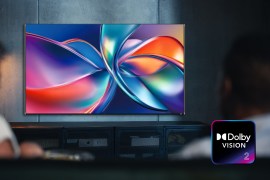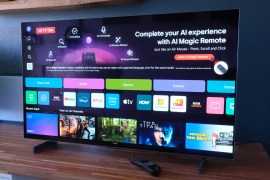LG G Flex 2 review
Second time around the curved phone makes a lot more sense
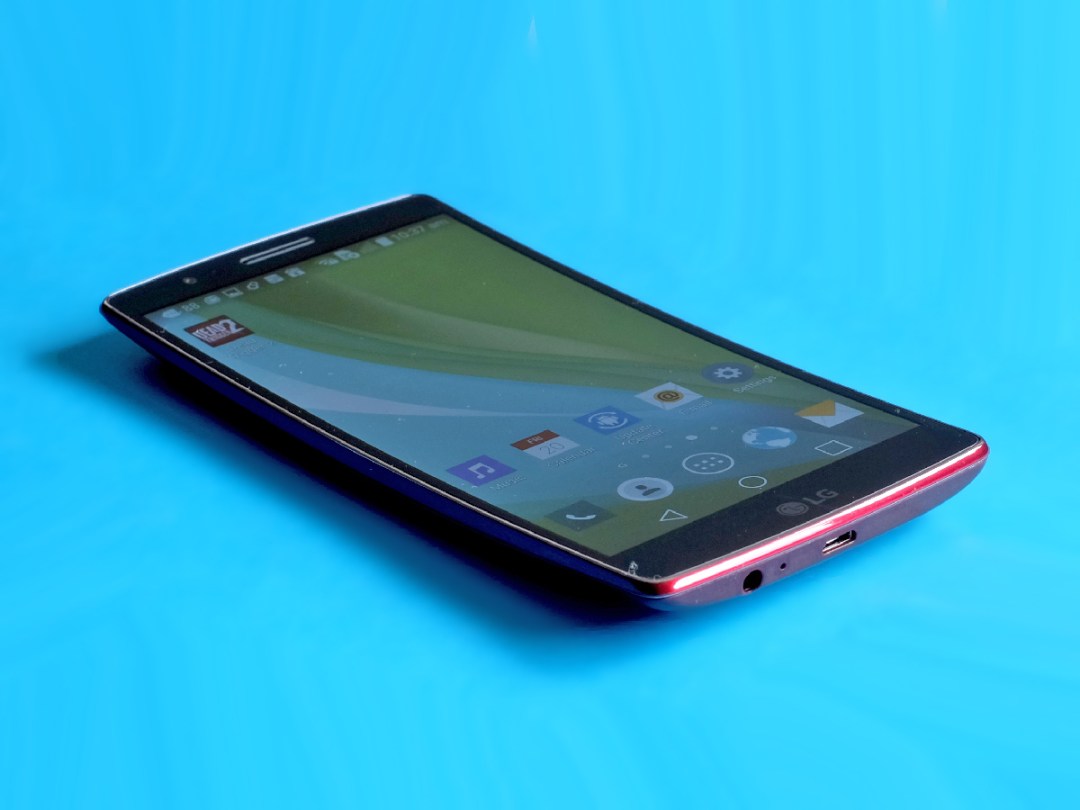
What was it Einstein said about madness? Something about continually doing the same thing and expecting different results each time? You might think that after the LG G Flex — bendy but also a bit of a flop — LG would be mad to make another phone like that.
But that’s exactly what it’s done – and the big surprise is that the LG G Flex 2 doesn’t seem born of madness. It’s good. Really good.
With the first top-end 64-bit processor we’ve seen, a much-improved screen and a curve that, while not essential, feels great, the LG G Flex has shrugged off its gimmicky cloak and hit the big time.
Should you wait for Samsung Galaxy S6, HTC One M9 and LG G4 are here before buying? Probably, but for now this is one of the top phones around.
Bend me, shape me


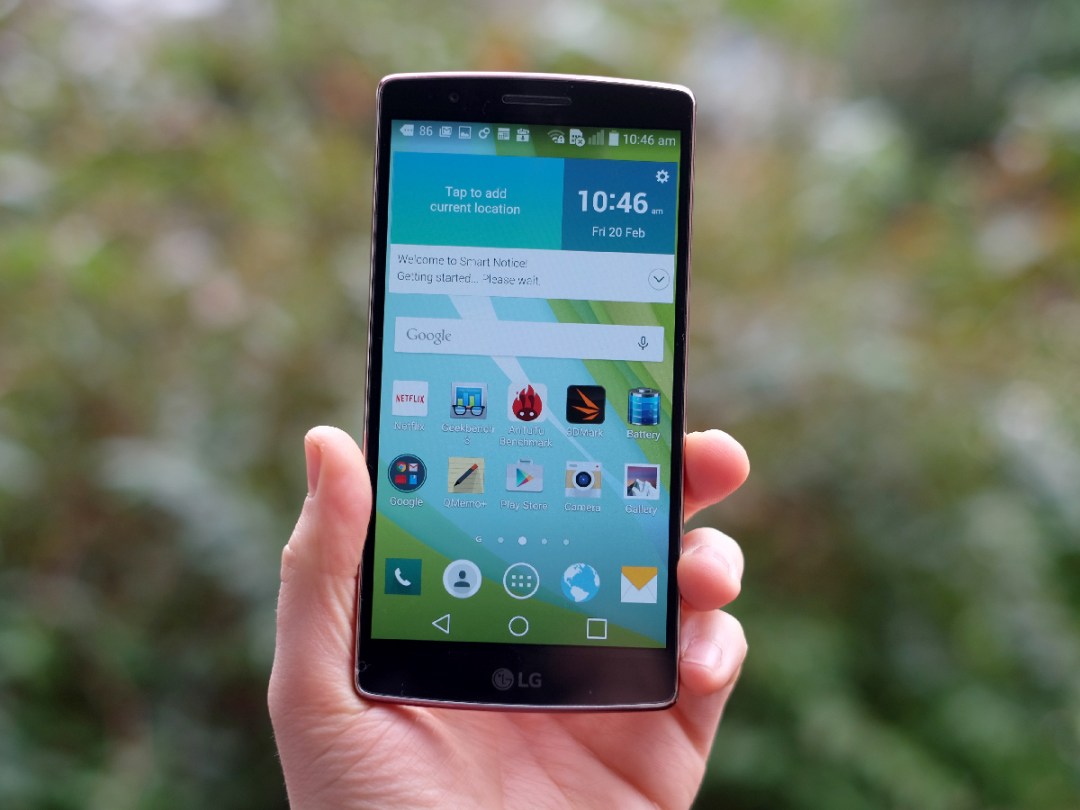
Not met a bendy LG phone before? They’re pretty unusual. The top and bottom of the LG G Flex 2 stick out a bit, giving it a very light banana-like bend.
So it looks a bit odd, and any suggestions that it gives movies and games a whole new level of immersion are nonsense. But it is really very comfortable, especially given the LG G Flex 2 has a pretty large 5.5-inch screen. It’s comfy held upright, comfy held on its side watching Netflix: comfy all-round.
While the original LG G Flex had the same sort of design style, it was nowhere near as nice to hold. Mostly because it was ruddy gigantic: 6mm wider than the G Flex 2 thanks to its 6in screen. This new phone is much more like a normal handset. It’s almost as if LG seriously wants people to buy this one.
As with most other LG phones, the back is glossy plastic rather than metal or soft-touch stuff, but the shape is much more likely to strike you anyway. The red finish we got our G Flex 2 sample in is really lovely, too, with a brushed metal effect underneath all the gloss. Which makes it a real shame that this colour isn’t going to make it to UK handsets.
It doesn’t feel quite as hard and expensive as the HTC One M8, but then the Flex 2 isn’t about the sort of feel you get with metal. In fact, the body is actually designed to be able to withstand bending. As with the first G Flex, you can flatten out the curve by putting all your weight down on it, on a hard surface. Why would you? Who knows, but you can if you’ve had a few drinks and feel like showing off.
Should you wait? › Everything we know about the new LG G4
Wolverine DNA
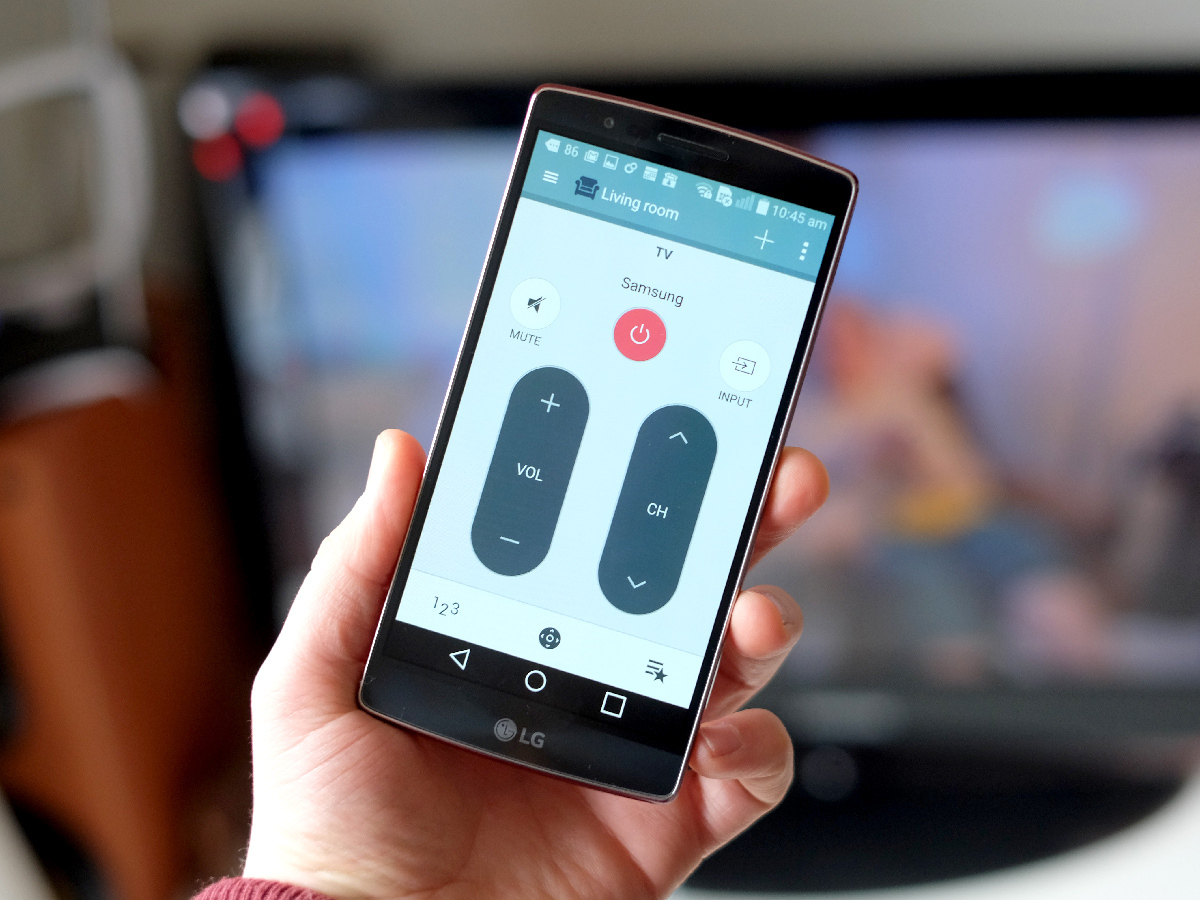
In a similar fashion, the G Flex 2’s back has a special coating designed to ‘fix’ light scratches. The idea is that it fills them in so that the glossy finish doesn’t look like a scratched mess after a few weeks in your pocket. Given how shiny the phone is, this is a good thing.
It’s not remotely rugged in a traditional sense, though. Whatever you do, don’t drop the G Flex 2 down the toilet — it’s not waterproof — and despite the fancy coating the back panel is still a thin curvy bit of plastic that’ll scratch and crack just like the rest if you abuse it hard enough. The self-healing layer can only do so much.
It’s a phone with a bend, not a miracle worker. However, it’s also pretty practical given its slightly gimmicky beginnings. The model we’ve got has 32GB storage (there’s also a 16GB version) and there’s a microSD slot for expanding the storage under the back cover.
As with most other top-end LG phones, it also uses rear volume/power buttons rather than ones on the side. This does feel odd at first, but it doesn’t take long to become a convert. Like the curve, they just make sense ergonomically.
The LG G Flex 2 also has high-speed 4G mobile internet (as the back tells us all too clearly) and an IR transmitter. This lets you control your TV and other home entertainment gear using the QRemote app. It has, well, pretty much everything.
You got plastic on my OLED
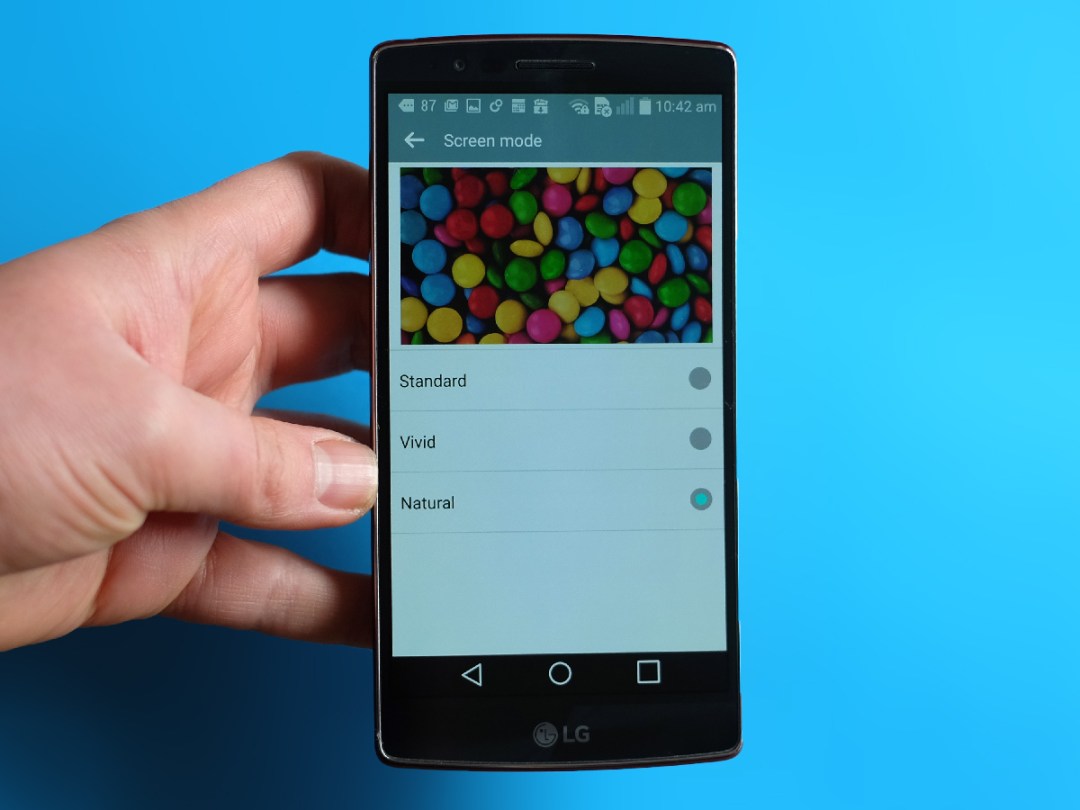
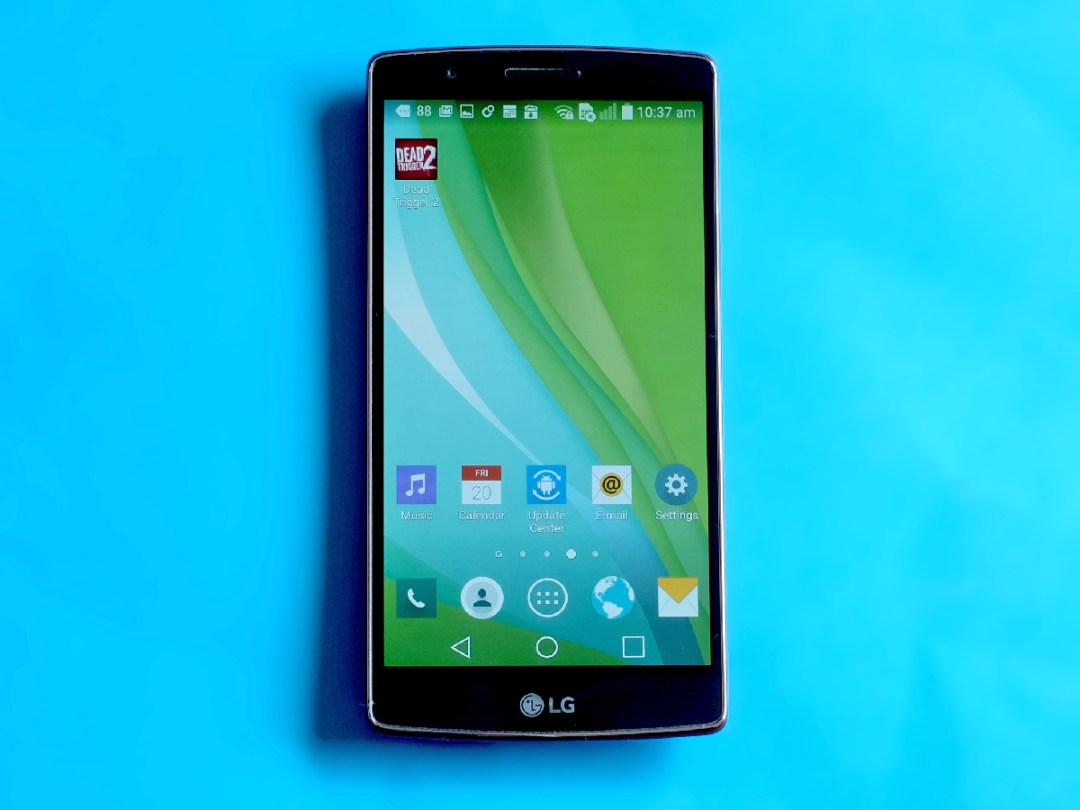

LG has also improved the screen hugely this year. Like the first Flex, the G Flex 2 uses a P-OLED screen, meaning it’s backed onto a sheet of flexible plastic rather than glass. This is what lets you bend the phone (well that, the battery, the case etc.) without it shattering into a million pieces.
Like any other good OLED, the G Flex 2 has simply fantastic contrast, with blacks that look black even when you kill the lights completely. Resolution has increased hugely too. Last time around we got just 720p resolution, which didn’t go too far in a 6-inch display.
Now we have 1080p on a smaller screen, and that means it’s way sharper. However, the phone fans among you will have already twigged that it’s a lot less pixel-rich than the QHD LG G3 (401ppi to the G3’s 538ppi) which you can find for around £300 SIM-free these days if you shop around.
The key questions: can you notice the difference? Well, yes, of course you can. There’s a tiny bit of fizziness to the screen that’s not there in the LG G3 or Samsung Galaxy Note 4. But you need to get quite close to notice.
Like the first G Flex there’s also a little bit of screen texturing to some colours when the screen brightness is mid-level or lower. These are the sorts of levels you’ll see 80 per cent of the time: whenever you’re indoors basically. However, the result is fairly minor and we’d bet most people won’t even notice it. It seems to be an issue with LG’s current P-OLEDs. The tech is a work-in-progress job.
How about colour quality? It’s good, with more natural colours than the OLED Motorola Moto X. There are screen modes you can switch between in the settings menu too that let you choose the colour saturation level. We’re not at Samsung Galaxy Note 4 levels of accuracy here, but it’s not too shabby at all.
A few of the LG G Flex 2’s little side features earn it a few more media brownie points too. First, the speaker is warmer and more full bodied than most, with tone that’s quite similar to the Motorola Moto X even though it uses just the one speaker unit on the back of the phone. Next up, you have the microSD slot to play with. Third, the curve just feels pretty great when the phone is held in landscape. So for movies and games this is a bit of a winner.
Don’t go soft on me now



Now that LG has really tamed the G Flex 2’s curve, it has us wondering: could this really be the future? Being patented up to the eyeballs means it probably isn’t, but it at least feels like it could be.
However, as with other top LG phones, the software lets it down just a tiny, tiny bit. Despite using the very latest Android 5.0 Lollipop version of Google’s OS, there are a few little style points that seem just a little dated.
Check out the apps menu: it still has ‘apps’ and ‘widgets’ tabs. Every other phone-maker dropped these about two years ago. No-one uses them, they just clutter up the look and take up space. There’s something ever-so-slighty up-tight and lacking in style about the LG G Flex 2’s UI, but this applies to the LG G3, and will most likely apply to the LG G4 too. It’s an LG thing. But it also feels like something that’s becoming more of an issue as more rival manufacturers switch to more stylish and mature UIs.
Following a swift day-1 update, though, we found the LG G Flex 2 to be mostly as snappy as you’d hope. Right now, in early 2015, this is the most powerful phone we’ve ever used.
Its Snapdragon 810 processor is a generation ahead of the Snapdragon 805 of the Galaxy Note 4. The big deal? It’s a 64-bit CPU, not to mention more powerful than the last lot. Before you get too excited, it’s not a difference you’re actually going to notice every day. And there aren’t all that many apps or games that use this extra power: things like game emulators would naturally, but most won’t.
But how powerful is it? Well, using the Geekbench 3 and AnTuTu benchmark tools, we got as much as 30 per cent better results from the LG G Flex 2 over the Moto X and Galaxy S5. That is a huge leap in power.
The phone scored 4033 points in Geekbench 3 and 53887 in AnTuTu. That’s mammoth performance, although it’ll soon be the norm for a top-end phone, once 2015’s big hitters are out.
There was some worry that the LG G Flex 2 might overheat during use, because Samsung reportedly decided not to use the Snapdragon 810 in the Galaxy S6 for that very reason. However, we’ve honestly had no issues at all during testing. Gaming and those performance benchmarks warm the phone up a bit, but LG seems to have worked to disperse the hot stuff across the back and it doesn’t really seem to get any warmer than any other recent flagship.
Serious gestures
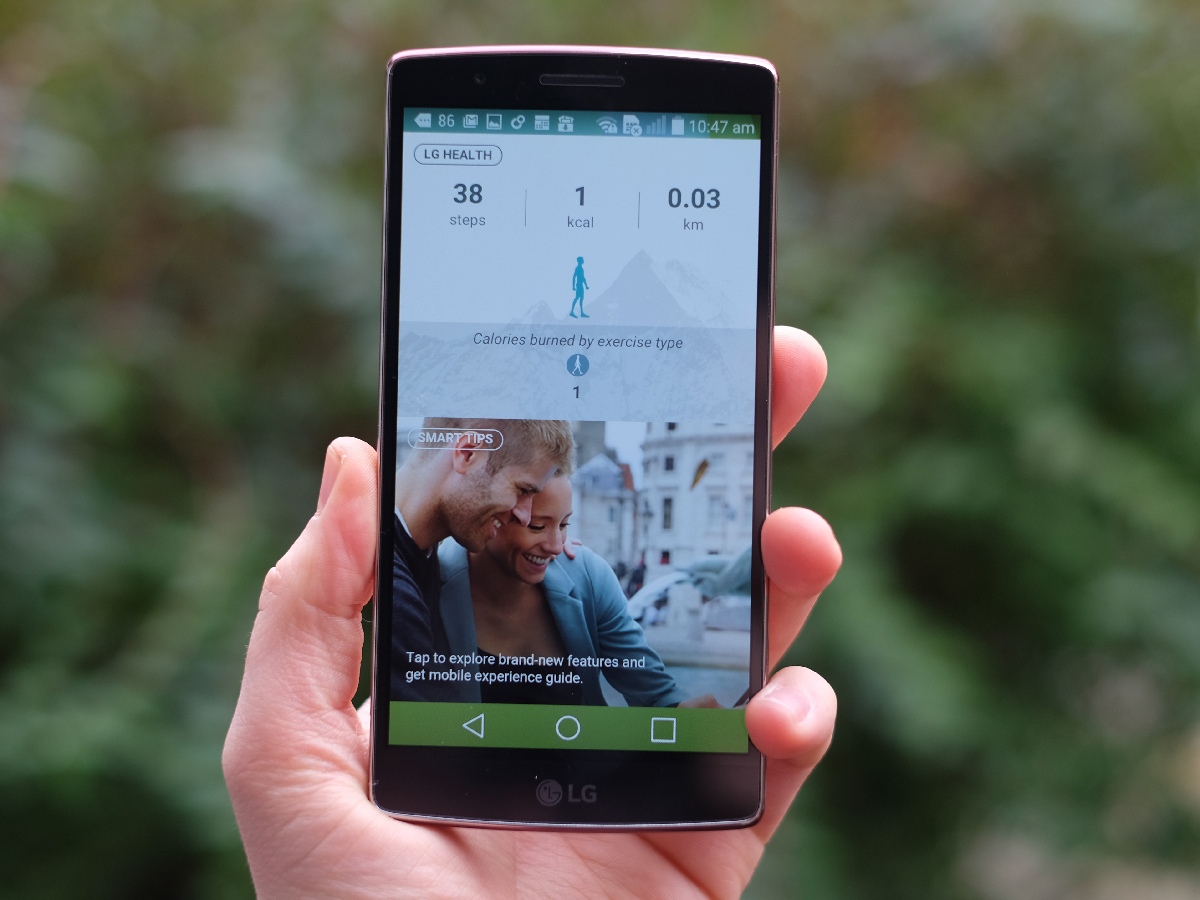
As with other LG phones, some of the most notable software additions in the G Flex 2 are gestures. You can do things such as silence phone calls, pause video and unlock the phone using touchscreen gestures or flicking the phone in various directions.
It’s all optional, but is a way for LG to add a few bits not in vanilla Android 5.0 Lollipop.
With its own style, it can seem the G Flex 2 hasn’t taken all that much from the Lollipop Android update, but those who have used a KitKat LG phone will notice that everything moves that little bit differently. There’s a little more organic-feeling inertia to the system.
We have noticed a few odd little glitches in some applications despite the searingly fast CPU. This could be down to little updates needed at LG’s end or the developers’. Probably both. But the problems aren’t too distracting, and shouldn’t turn you off the G Flex 2.
Life thru a lens
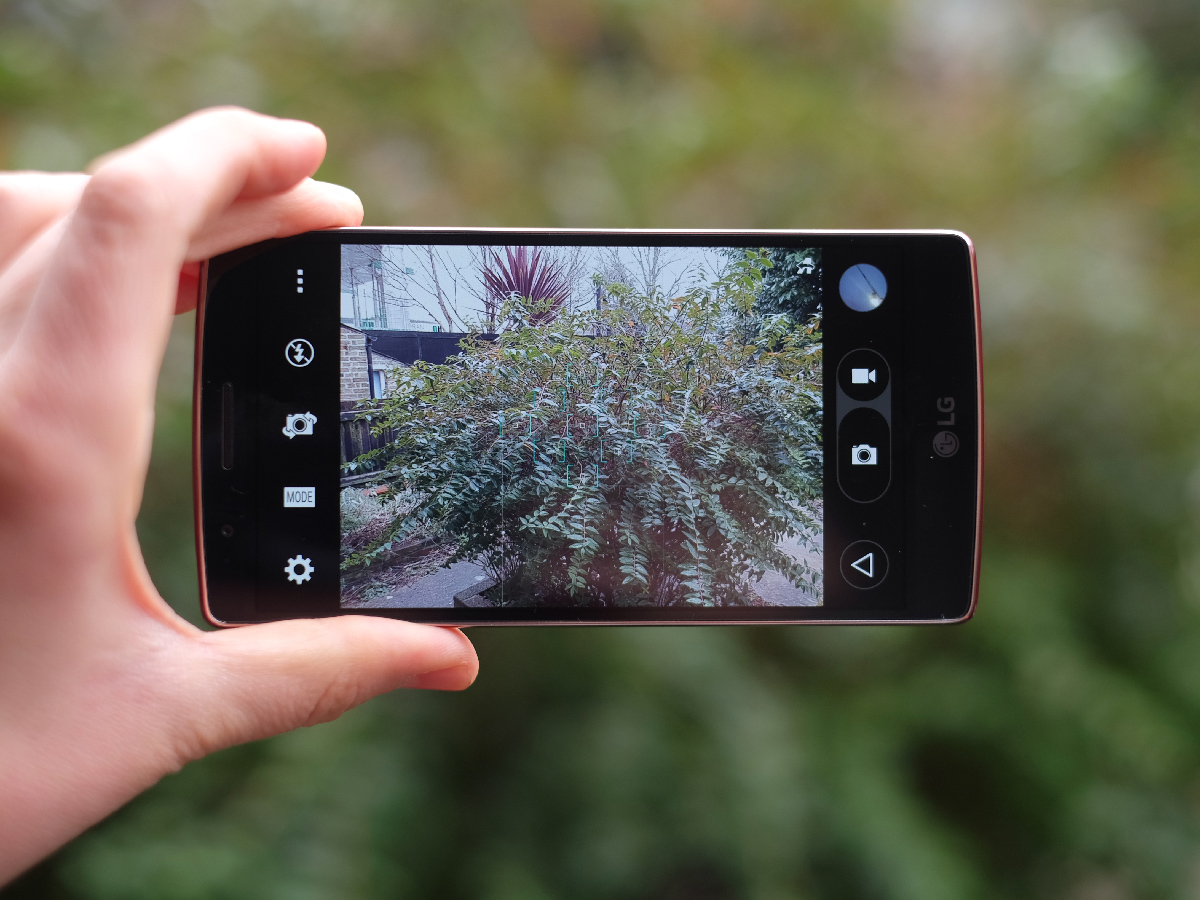
LG is the first out with the Snapdragon 810, but the G Flex 2 isn’t so forward thinking with its camera. It uses a 13-megapixel sensor just like that of the LG G3, along with laser focus and optical image stabilisation. Is it exactly the same as the LG G3? It seems so. Both phones have a lens aperture of f/2.4 and a now-really-quite-old Sony IMX135 sensor.
For the real phone nerds, this was the same sensor used in the Samsung Galaxy S4 way back in 2013.
Is it a photographic mess? No, the LG G Flex 2 can take some great photos, and the laser focusing module does speed up its shooting a bit. What this does is to fire out a laser beam from the little black bit beside the camera lens, which then reflects off whatever it hits and heads back to the phone. By timing how many milliseconds it takes, the phone can calculate the distance and focus on the rough area before finishing off the job with contrast detection, which most other phones rely on completely.
It’s fairly fast, but not to an extent that makes you feel like a paparazzo. Especially not if you switch on HDR — with a particularly challenging scene it can take almost five seconds for the LG G Flex 2 to shoot an HDR image.
HDRs, while extremely effective, are noticeably a bit soft-looking at times. HDR performance is something Sony improved with the generation of sensors on from this one. It seems a bit stingy that LG hasn’t gone for the upgrade, and is a sign that it is waiting for the LG G4 to really pull out the big guns.
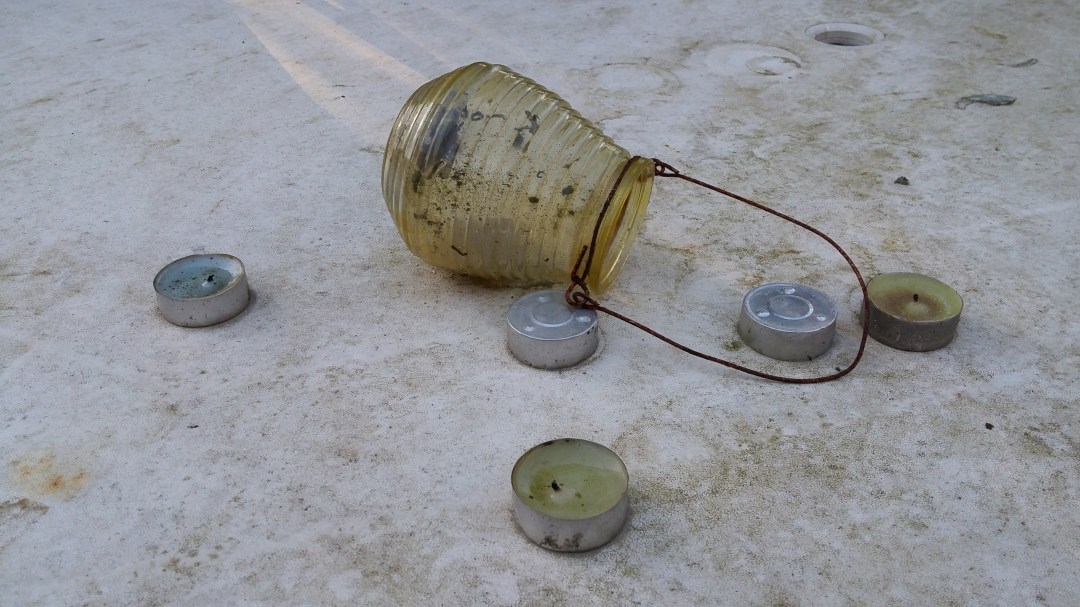

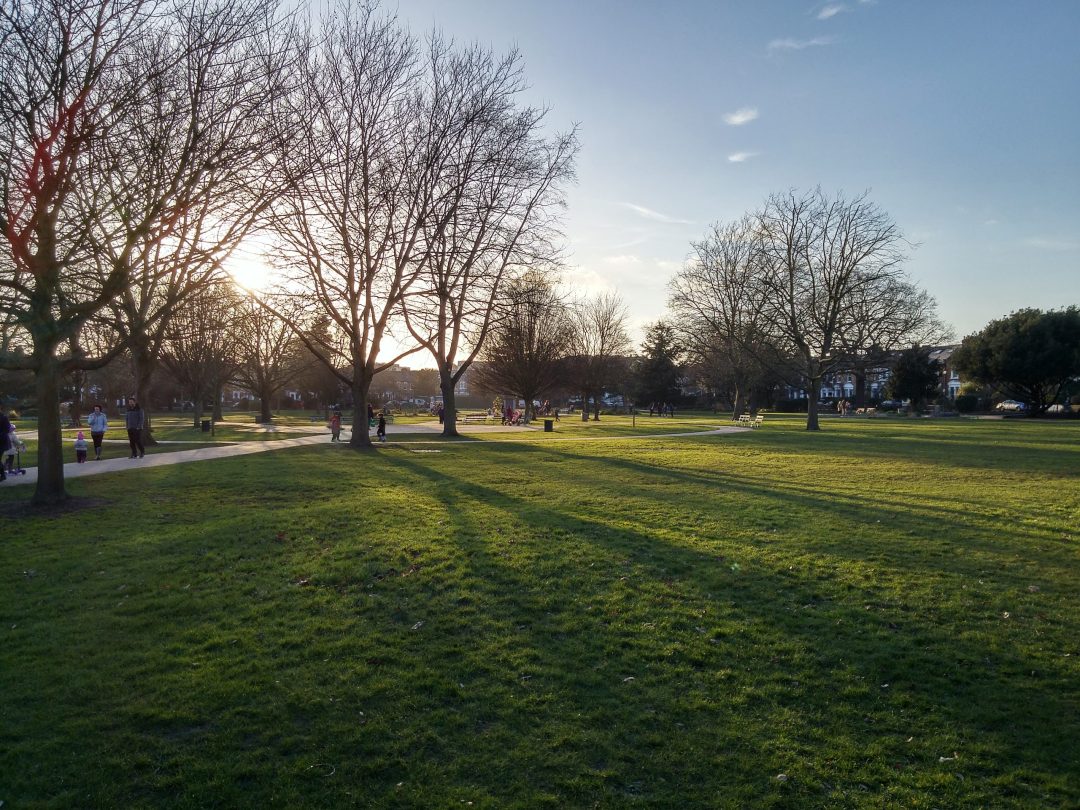

Still, it’s fun to shoot with. We ended up with very few blurry shots, with the only issues arising when you try to get real close-up: it’s not a fan of macro photos. The OIS might have a hand in the G Flex 2’s sound reliability. It stabilises the lens so that handheld shots end up less blurry.
When you put it next to something such as the iPhone 6 and Galaxy Note 4, though, you do start to see a few little image quality issues. Colours can look a little undersaturated indoors, red shades are pretty dodgy throughout and the G Flex 2 does tend to blow out not-that-bright highlights quite often. It’s not quite as smart as the best.
As with most phone cameras, it uses a 4:3 shape sensor too. So by default it actually shoots 10-megapixel 16:9 shots, not 13-megapixel ones. You need to switch to squatter 4:3 shots to use the camera’s full power.
LG doesn’t go overboard with extra features either. There are barely any extra modes, just HDR, panorama and dual-shot, which takes photos with both the front and rear cameras. Want more fluff? You’ll have to head to a third-party app.
The front camera hardware is similarly basic. Most higher-end phones are starting to adopt high-resolution selfie cameras of five megapixels or even greater, but the G Flex 2 has a decidedly ordinary 2.1-megapixel camera. Photos end up looking pretty soft, the sort of thing you’d happily share online, but not exactly cherish.
And no, the curve doesn’t seem to do anything for either camera.
How about a cheaper phone? › The best smartphones under £150 – reviewed
A kinky battery
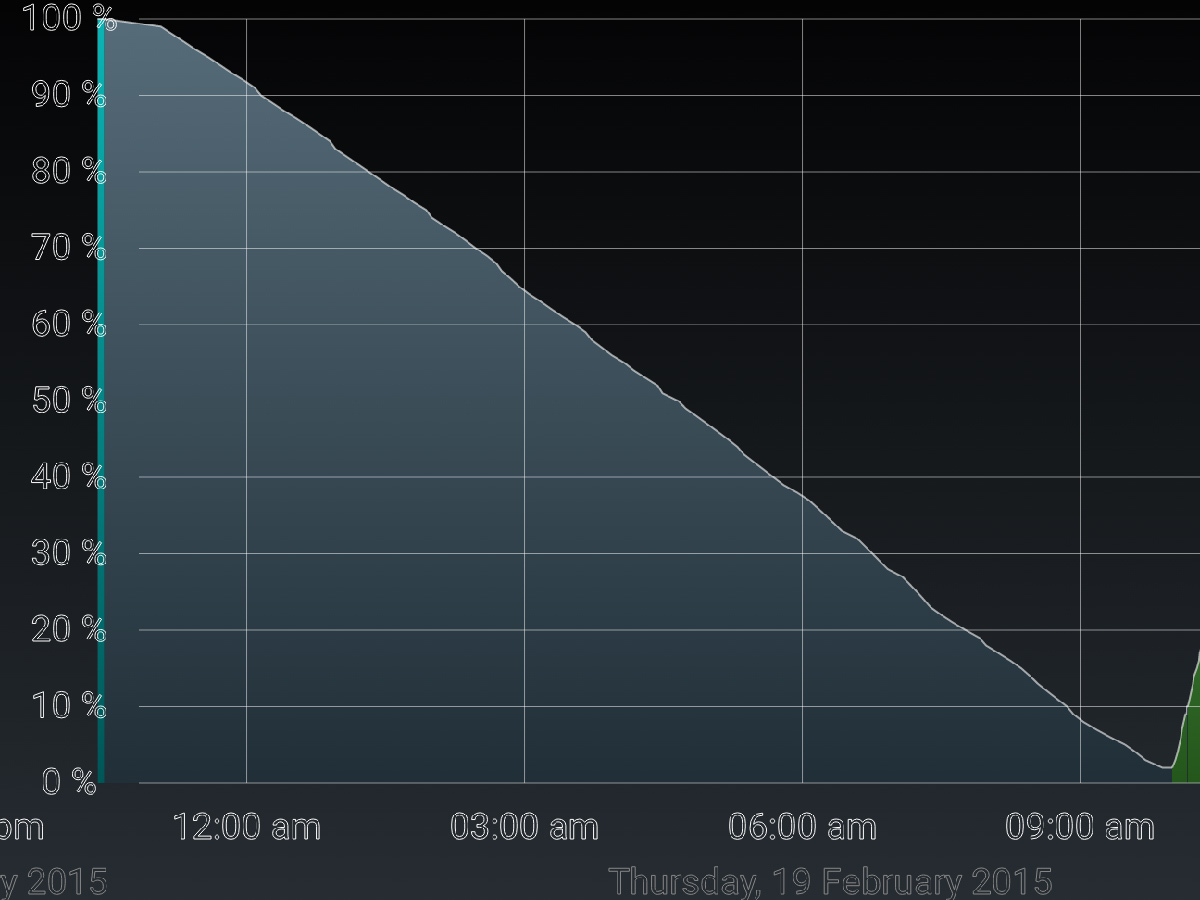
The shape of the phone does cause some design issues for the battery, though. Most phone cells are flat, and take up just about every free bit of shape inside a mobile. Like the first G Flex, the G Flex 2 has a curvy battery unit, but this time it’s hidden away. Pull the plastic back off and you’ll just see more plastic armouring.
An unusual design hasn’t resulted in a remotely rubbish battery unit, though. It gets you 3000mAh capacity, which is very respectable for a device with a 5.5-inch 1080p screen. That’s the same as the LG G3 even though that phone has way more pixels to power (more than 50 per cent extra).
To see how long it really lasts we set it our usual video loop test – a 720p MP4 video running at around 50 per cent brightness: easily bright enough to let you watch a movie indoors comfortably. From a full charge, we squeezed 11.5 hours out of the LG G Flex 2. That’s a great result, matching most of 2014’s best. We’ll have to wait until the other Snapdragon 810 contenders appear before knowing if they’ll do even better.
But for now at least, the bend doesn’t seem to negatively affect the G Flex 2’s stamina. You should easily get a day’s use off a charge, and unless you hammer games and video you should have enough juice to carry you through into the afternoon of the next day.
Call me maybe
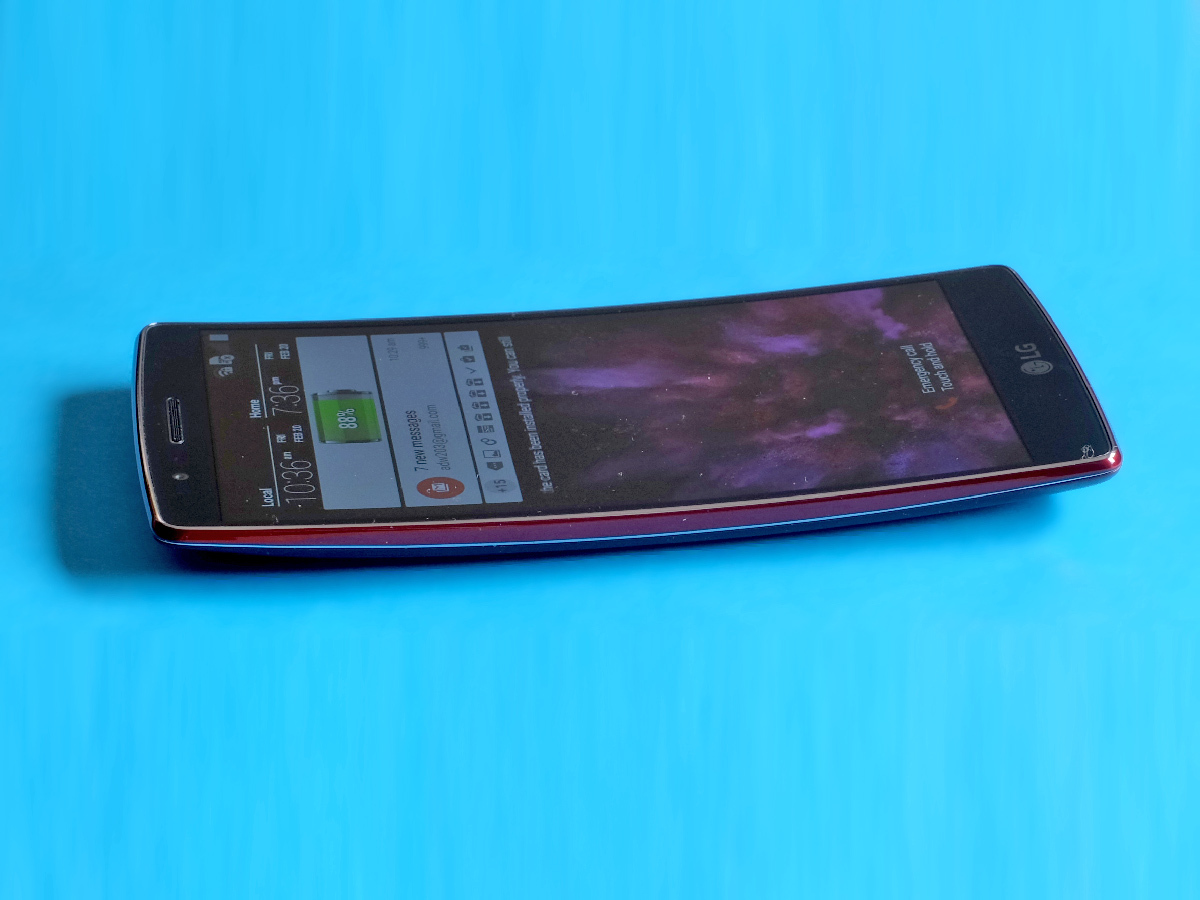
Now that LG has made the G Flex a sensible design rather than an oversized one, there’s no real downside to the curve. But are there any other benefits?
Well, you may be told it improves calls because, just like putting a real phone or a banana up against your ear, the bottom bit curves towards your mouth.
You might notice the difference if someone told you the difference beforehand, but like hearing voices in radio static, it could just as easily be imaginary. All high-end phones use additional microphones to cut out noise from the call signal anyway. Still, it’s perfectly good for calls and that’s what matters.
LG G Flex 2 Verdict
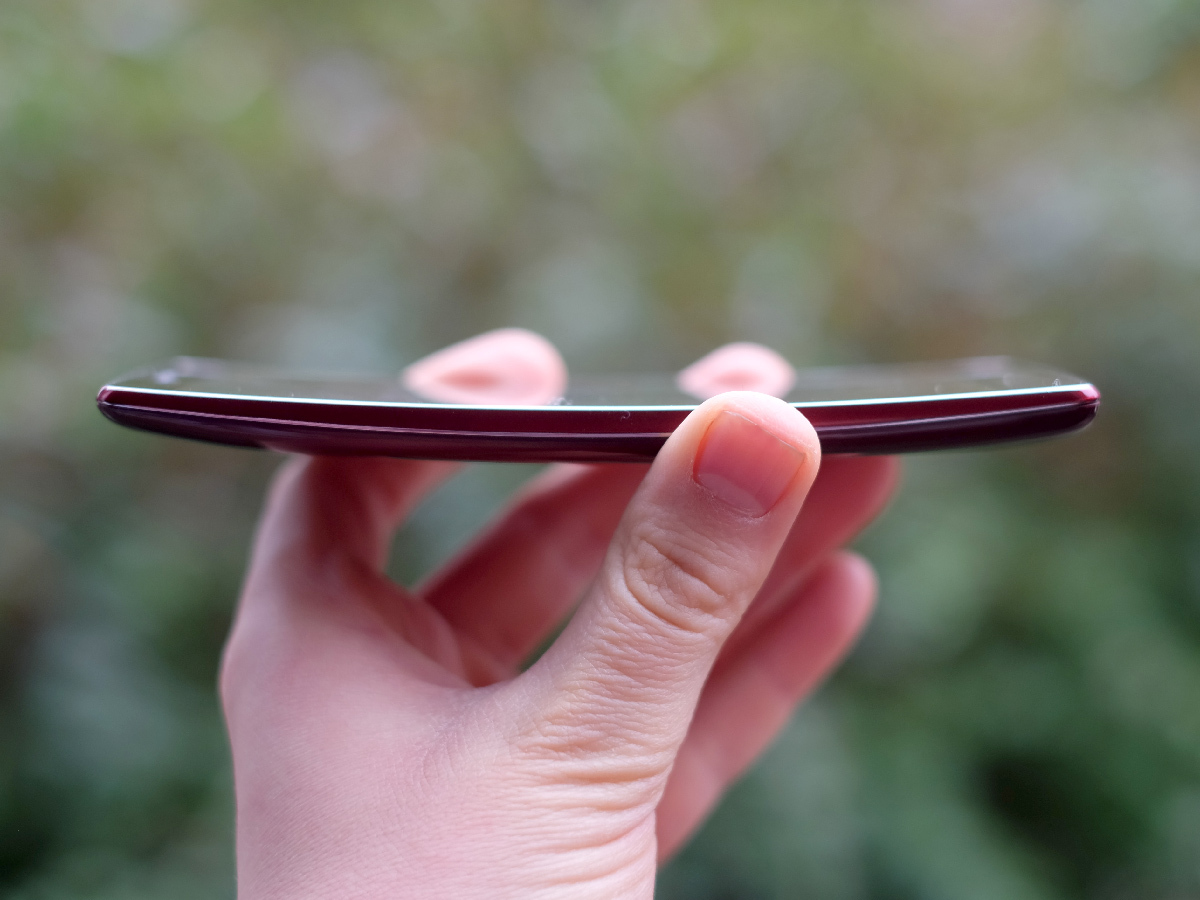
The first LG G Flex was a phone for people who wanted to show off, to have something conspicuously future-looking. However, it was also massive and had a screen that was in some respects a little bit rubbish. The second LG G Flex 2 has none of these major issues. It’s a phone we wouldn’t steer anyone away from.
There are better screens out there, and better cameras too, but this glimpse of the 64-bit future is a tantalising one – the Snapdragon 810 is seriously powerful.
If you’re after the ultimate smartphone, this isn’t it, and in the coming weeks the flood of new flagships will only make that more obvious. But if you want one looks unique, feels great in the hand and has power and battery life to spare, there really is no better option than the G Flex 2.
Tech specs
| Operating System | Android 5.0 Lollipop with custom LG UI |
| Screen | 5.5in P-OLED with 1920×1080 resolution (403ppi) |
| Processor | Octa-core Snapdragon 810 @ 2GHz |
| RAM | 2GB |
| Storage | 16GB or 32GB (microSD expandable) |
| Cameras | 13MP rear, 2.1MP front |
| Connectivity | NFC, Wi-Fi, 3G/4G, Bluetooth 4.0, IR |
| Battery | 3000mAh |
| Dimensions | 149 x 75 x 9.4mm |
| Weight | 152g |
Stuff Says…
Second time around the curved phone makes a lot more sense – the G Flex 2 is a proper phone with proper appeal
Good Stuff
Lovely curvy ergonomics
Mighty CPU
Bags of features
Bad Stuff
Not the very best in terms of camera or screen
Plastic back feel
Not the most stylish UI


